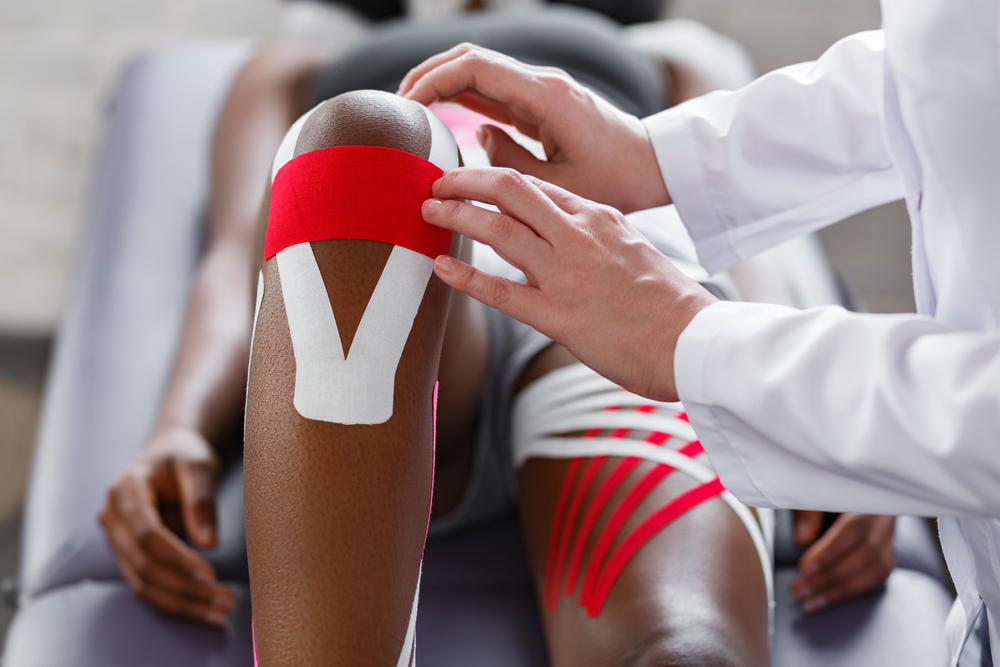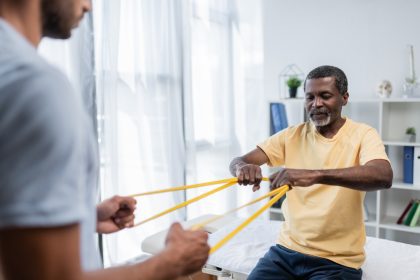Knee surgery rehabilitation is a critical phase in the recovery process following any knee operation. It is essential to understand what to expect during this period to ensure a smooth and effective recovery. This guide will outline the typical stages, goals and strategies involved in knee surgery rehabilitation, helping patients and their families navigate this crucial time.
Understanding knee surgery rehabilitation
Undergoing knee surgery — whether it’s for a total knee replacement, arthroscopy or ligament reconstruction — is a significant medical procedure that requires careful postoperative care. The rehabilitation process is designed to help patients regain strength, mobility and function in the knee. It involves a combination of physical therapy, exercises, and sometimes, the use of assistive devices.
Understanding what to expect from knee surgery rehabilitation can alleviate anxiety and set realistic expectations for the recovery journey.
The initial recovery phase
The initial recovery phase begins immediately after knee surgery. This period is crucial for managing pain, reducing swelling and preventing complications such as blood clots. Patients are typically monitored in the hospital for a few days post-surgery, during which time they receive pain management medications and their vital signs are closely watched.
Pain management and swelling reduction
Pain management is a top priority in the initial recovery phase. Patients can expect to receive pain medications, which may include opioids, non-steroidal anti-inflammatory drugs (NSAIDs) and acetaminophen. It’s important to follow the prescribed medication regimen to manage pain effectively and facilitate early movement.
Swelling is a common issue after knee surgery. Elevating the leg, applying ice packs and wearing compression stockings can help reduce swelling. Additionally, gentle range-of-motion exercises may be introduced to prevent stiffness and promote circulation.
Preventing complications
Preventing complications such as blood clots and infections is vital during the initial recovery phase. Patients may be given blood thinners and encouraged to perform simple leg movements to enhance blood flow. Following the surgeon’s instructions regarding wound care and hygiene is essential to prevent infections.
The role of physical therapy
Physical therapy plays a central role in knee surgery rehabilitation. A physical therapist will design a personalized rehabilitation plan tailored to the patient’s specific needs and surgical procedure. The goal of physical therapy is to restore strength, flexibility and function in the knee.
Early physical therapy
Physical therapy often begins within a day or two after surgery. Early exercises focus on gentle range-of-motion activities and isometric exercises to engage the muscles around the knee without placing undue stress on the joint. Patients may also learn how to use assistive devices like crutches or walkers to aid in mobility.
Progressive strengthening and mobility
As the recovery progresses, physical therapy sessions will become more intensive. Patients will engage in a variety of exercises aimed at strengthening the quadriceps, hamstrings and calf muscles. Balance and stability exercises are also incorporated to enhance coordination and reduce the risk of falls.
In addition to in-clinic sessions, patients are typically given a home exercise program to follow. Consistency in performing these exercises is crucial for achieving optimal results. Regular follow-up appointments with the physical therapist ensure that the rehabilitation plan is adjusted as needed based on the patient’s progress.
Adhering to a rehabilitation plan
Adhering to the prescribed rehabilitation plan is critical for a successful recovery. Patients should commit to attending all scheduled physical therapy sessions and performing their home exercises diligently. It’s important to communicate any concerns or difficulties to the physical therapist so that adjustments can be made.
Monitoring progress
Progress should be monitored regularly, and patients should keep track of their improvements in pain levels, range of motion and functional abilities. Setting realistic goals and celebrating milestones can provide motivation and a sense of accomplishment.
Addressing setbacks
Setbacks are not uncommon during rehabilitation. It’s essential to address any setbacks promptly with the help of the physical therapist or surgeon. Adjustments to the rehabilitation plan, additional treatments or modifications to daily activities may be necessary to overcome challenges and continue progressing.
Tips for maximizing recovery outcomes
Maximizing recovery outcomes from knee surgery rehabilitation requires a proactive approach. Here are some tips to enhance the effectiveness of the rehabilitation process:
Stay active within limits
While rest is important, staying active within the limits set by the physical therapist is crucial. Engaging in low-impact activities like walking, swimming or cycling can promote circulation and prevent stiffness without overstressing the knee.
Maintain a healthy diet
A balanced diet rich in nutrients supports the healing process. Protein is particularly important for tissue repair and muscle strength. Additionally, staying hydrated aids in overall recovery and helps manage swelling.
Follow medical advice
Following the medical advice given by the surgeon and physical therapist is essential. This includes adhering to medication schedules, attending follow-up appointments and avoiding activities that could jeopardize the healing knee.
Stay positive and patient
Recovery from knee surgery can be a long and challenging journey. Staying positive and patient is important for mental well-being and motivation. Setting small, achievable goals can help maintain a sense of progress and accomplishment.
A successful recovery journey
Knee surgery rehabilitation is a vital part of the recovery process, aimed at restoring mobility, strength and function in the knee. Understanding what to expect during this period can help patients and their families prepare and navigate the rehabilitation journey with confidence.
From managing pain and swelling in the initial recovery phase to engaging in progressive physical therapy and adhering to a structured rehabilitation plan, each step is crucial for achieving optimal outcomes. By staying active, maintaining a healthy diet and following medical advice, patients can maximize their recovery potential and return to their daily activities with improved knee function.
Remember, recovery is a gradual process, and setbacks are a normal part of the journey. With dedication, patience and the support of healthcare professionals, a successful recovery from knee surgery is well within reach.
This story was created using AI technology.













